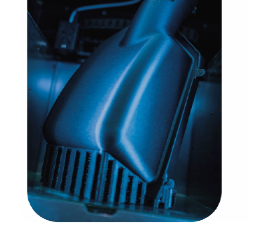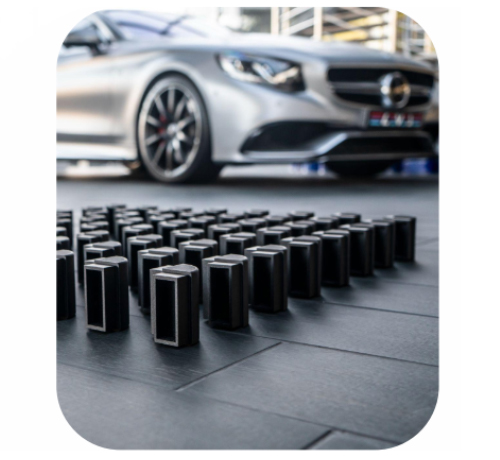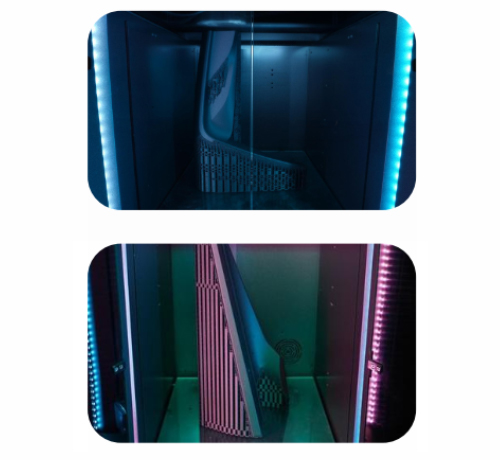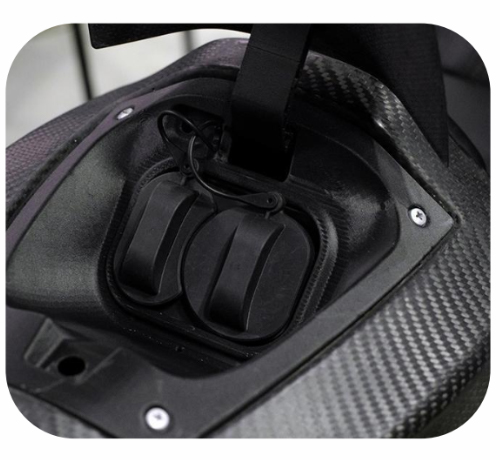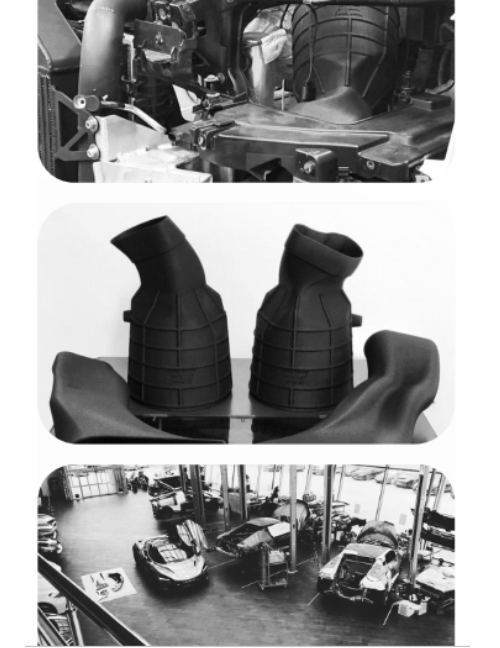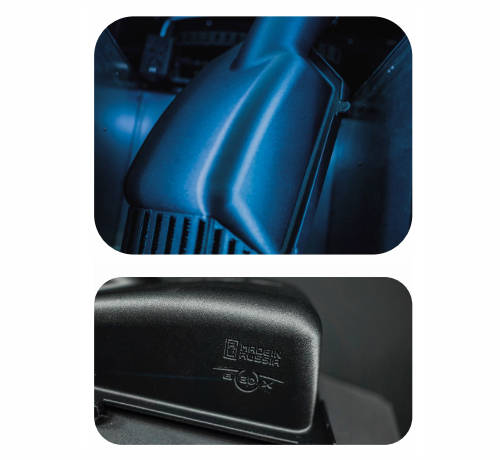AUTOMOTIVE INDUSTRY
Nothing speeds up automotive development and production faster than 3D printing.
The 3D printing process itself takes only a couple of hours, and the finished prototype can be used to verify keyway geometry or serve as the finished car body or part.
The FFF technology has found a place in the automotive industry mainly because of its ability to use materials that are engineering-grade thermoplastics. Traditionally, additive manufacturing has been used for conceptual modelling and prototyping, but materials that can be printed using this technology open up new possibilities and applications.


